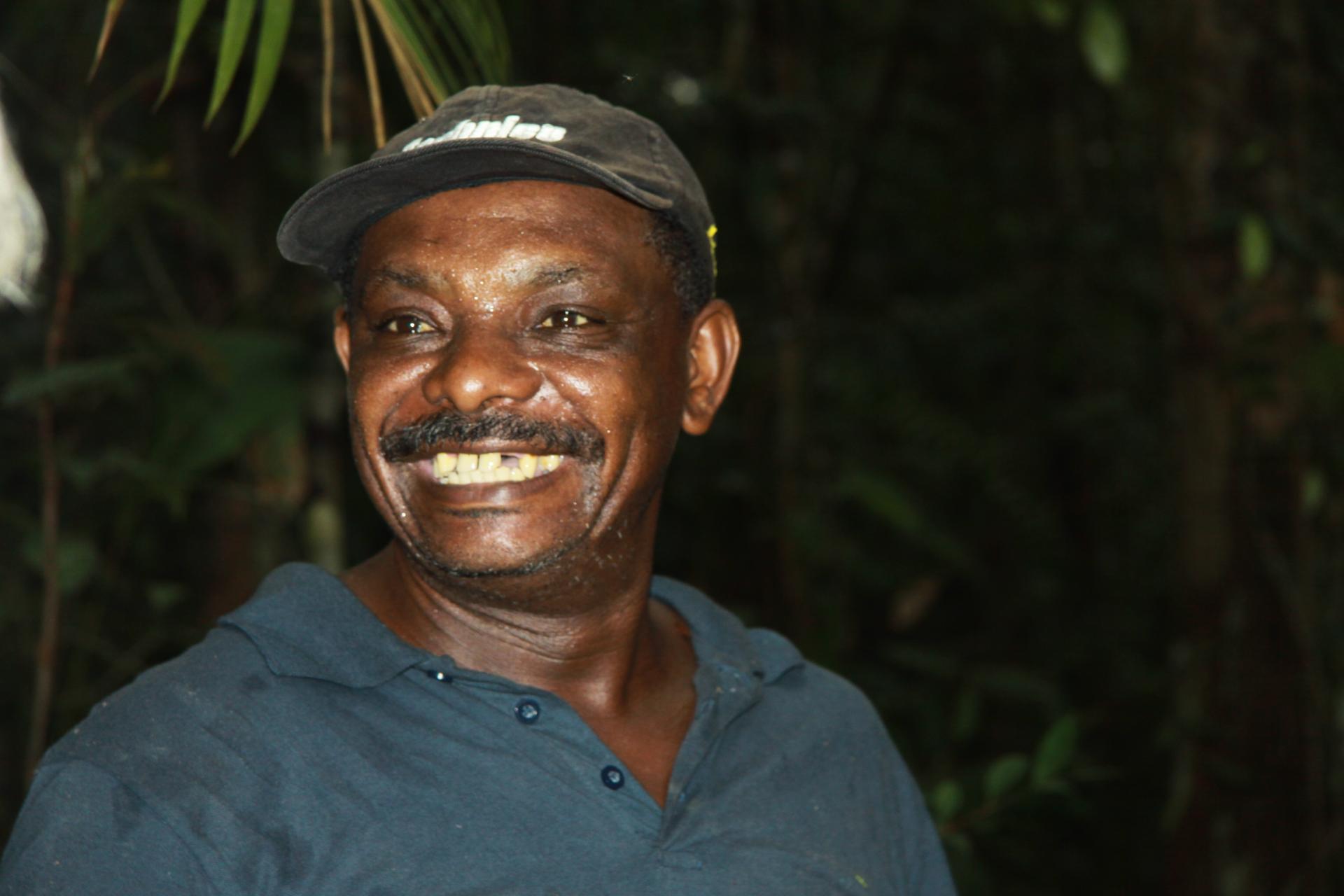Soybean Cultivation in Brazil – What the Protein-Rich Bean has to do with the Steak on our Plate

Soy milk, soy sauce, soy oil, tofu, and the schnitzel on our plate. All these products contain soy, whether directly or indirectly. But who doesn't know the soybean? Brazil is the world's largest producer of soy and exports a large part of its harvest to China and Europe. Covering an area roughly the size of Montana, miles and miles of monocultures cover the soil of the Brazilian states of Paraná, Santa Catarina, Rio Grande do Sul, and Mato Grosso. On a Brazil trip through these areas, the plantations are hard to miss.
But soy is grown on land that was once tropical rainforest. The miracle bean is used in factory farms around the world as cheap, high-protein feed for pigs, chicken, and cattle, so that we can buy cheap meat. In addition, an important percentage of soy for animal feed comes from illegal deforestation, to the suffering of indigenous peoples and small farmers. The winners of the soy boom, on the other hand, are the large landowners, who own 76 percent of the cultivated land and 86 percent of the agricultural credits. For some, soy cultivation in Brazil is a blessing, for others a disaster.
Forests must give way – Loss of biodiversity
Forests are being cleared on a grand scale for the gigantic soybean fields. In 2019, for example, the Institute for Space Research reported that the Amazon Rainforest is being cleared at the fastest rate in the past decade. Between August 2018 and July 2019, 976,200 hectares (9,762 square kilometers) of forest were cleared, it said. That's 30 percent more than a year earlier and the most since 2008. This development has to do, among other things, with the election of Jair Bolsonaro as president of Brazil, because the politician has spoken out in favor of relaxing regulations on nature conservation and conservation of areas of indigenous peoples, in order to advance the economy. This has also led to an increase in illegal land clearing, despite the soy moratorium, in place since 2006. The agreement between the soy industry, politicians, and civil society prohibits the purchase of soy from illegally deforested areas of the Amazon. However, this did not solve the problem, but only shifted it. Instead of in the Amazon, forests are now being cleared for soy in Brazil's Cerrado. There too, a massive loss of biodiversity is the result.
Conflicts over land
The expansion of soybean cultivation is accompanied by conflicts over land use rights. Often, indigenous peoples and small farmers are evicted from the land on which they have lived and farmed for many years. The Brazilian constitution actually provides for the protection of indigenous territories. Since the beginning of Bolsonaro's term in office, however, this right has been increasingly forgotten. Today, some indigenous peoples live under precarious conditions on the edge of soy plantations, in the hope of eventually getting their land back.
Environmental problems due to genetic engineering
Much of Brazil's soy is genetically modified, and large amounts of herbicides are used in its cultivation to kill unwanted weeds. The best-known herbicide is glyphosate, but it has been shown to cause numerous health problems and even cancer. As some weeds have now become resistant, farmers spray pesticides in ever-increasing doses and resort to dangerous poisons. The residues of the pesticides in drinking water and soil lead to a significant danger for humans and the environment.
Now, it is not the case that Brazil exports only dangerous soybeans. In 2015, around 5 million tons of the global harvest were certified and sold as GMO-free. Of this certified soy, Brazil supplies 80 percent. Certification according to the Pro Terra Standard excludes the destruction of nature and the use of particularly toxic pesticides, and land grabbing is to be prevented. However, such certification is voluntary and does not replace government regulations on the cultivation and import of genetically modified plants. Furthermore, it is not comprehensible whether and how often the strict controls of the certification take place.
The Brazilian government may talk about environmental protection, but it also wants to generate foreign currency, because the country is heavily in debt. That is why roads are being expanded, such as the BR 163, the Brazilian “Soy Highway“, which stretches more than 1,056 miles (1,700 kilometers) across the Brazilian rainforest. Soybeans are transported on this road from the state of Mato Grosso to Santarém on the Amazon. From there, ships transport the soy further on the Amazon to the major ports on the Atlantic, and from there on to the rest of the world, mainly to China and Europe.
Perhaps your interest in the miracle bean will tempt you to tour this highway on your next Brazil vacation. How about that? That way, you'll get an idea of the extent of the soy boom and the huge areas that have been cleared in this beautiful natural paradise. As long as there is demand for soy for animal feed, the problem will remain. Therefore, we should think twice in the near future, whether the taste of the juicy but cheap steak on our plate is worth it. With this, we do not want to call anyone to vegetarianism, but to the conscious purchase of animal products, keeping in mind the consequences of soy cultivation in Brazil...
Sources: www.aktion-agrar.de, www.faszination-regenwald.de, www.merkur.de

